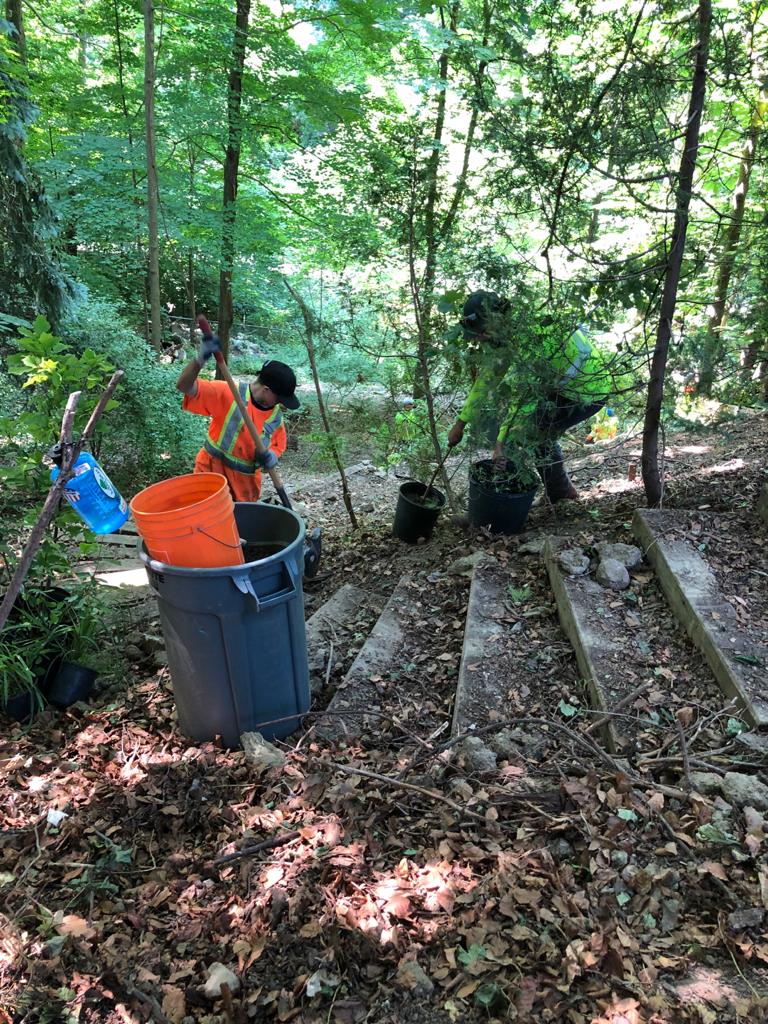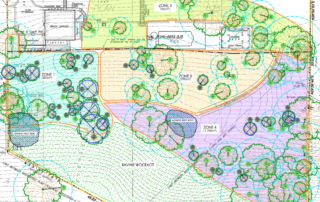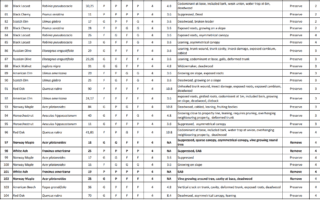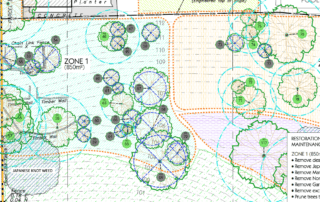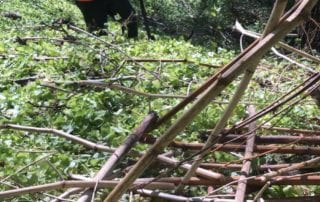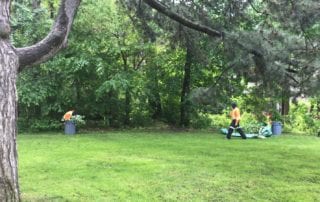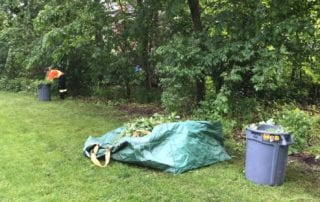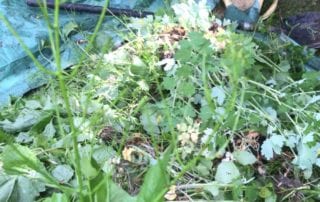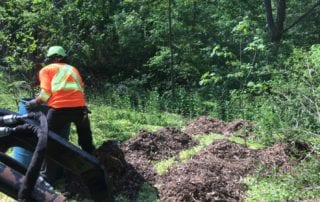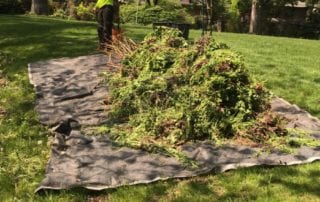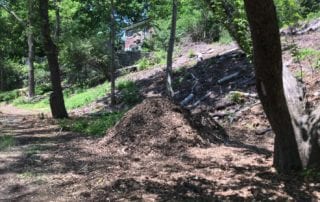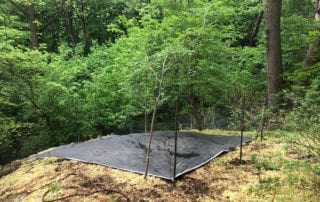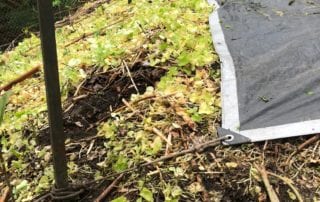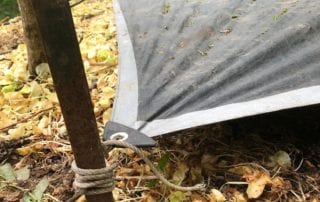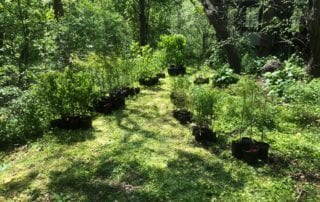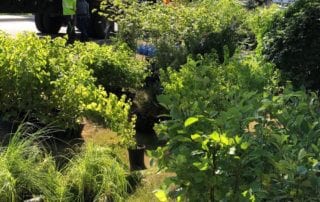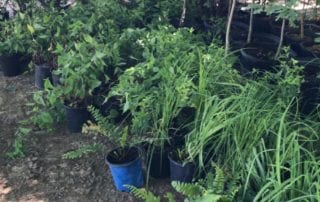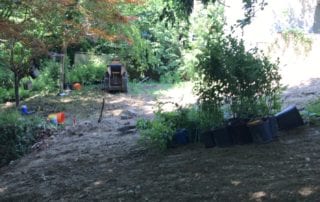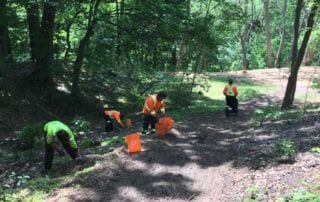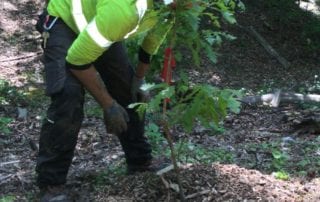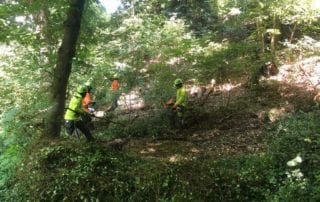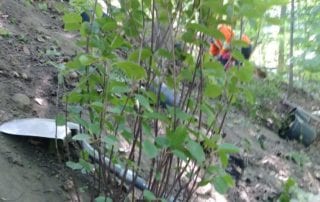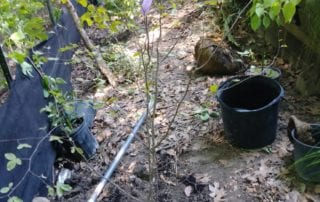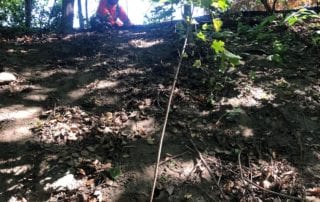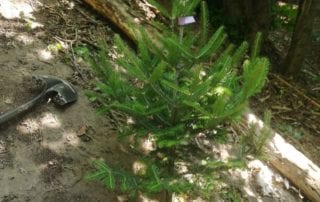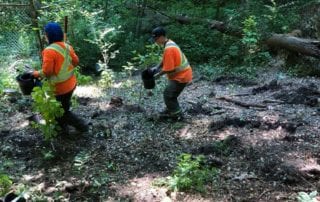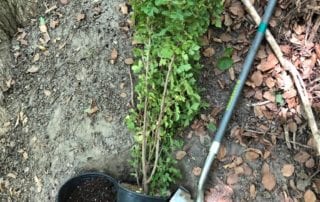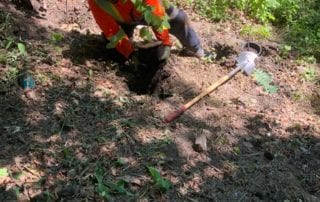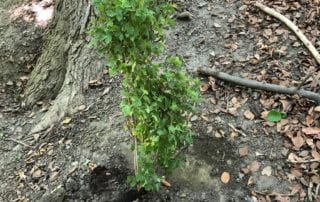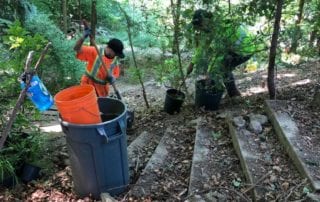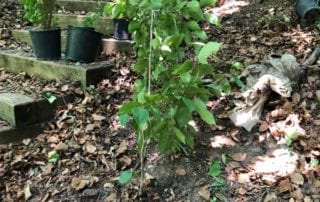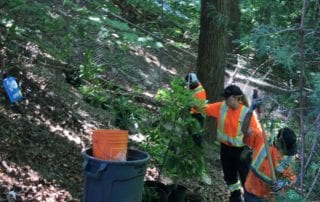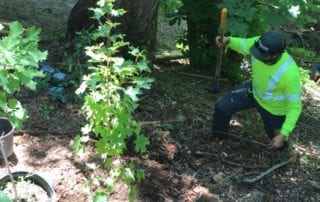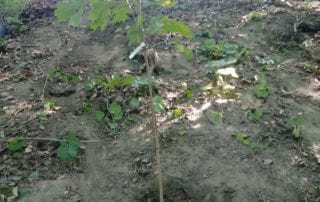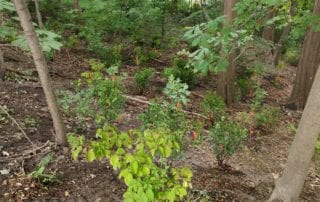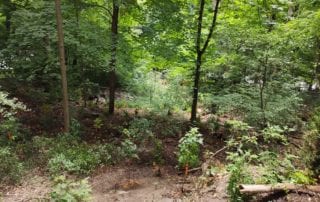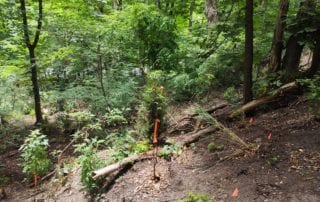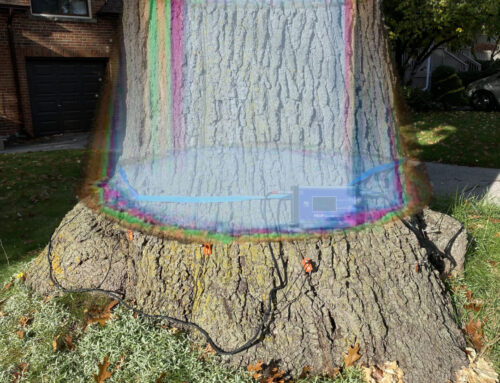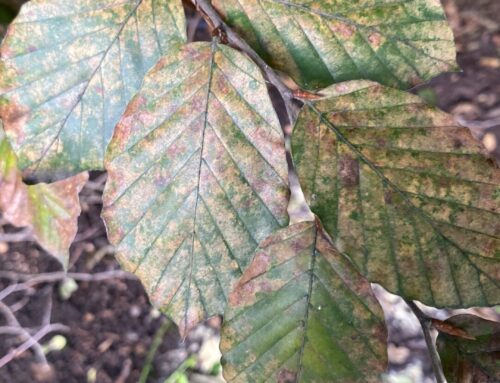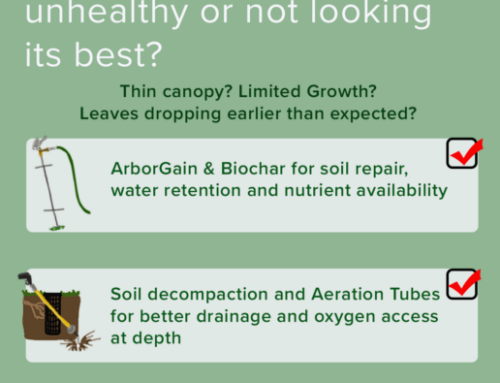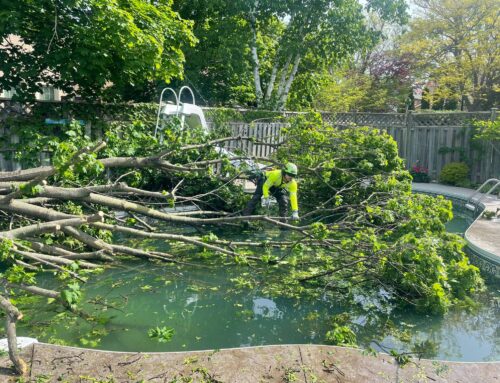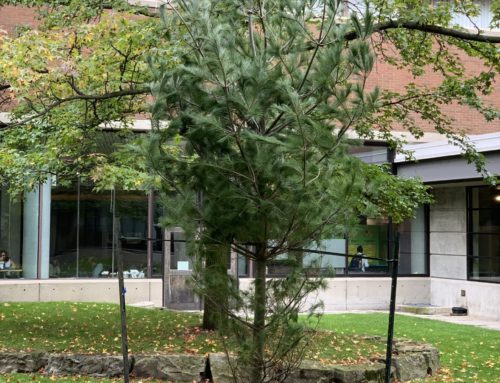Toronto’s Ravine System is one of the city’s most important and special ecological systems, and is the foundation of our Natural Heritage system.
If your property is located on ravine land, there are specific by-laws in place to ensure the proper care and conservation of the ravine system.
In order to maximize the health and vibrancy of the ravine, a Ravine Stewardship (or Ravine Restoration) Plan can really help.
The following is an example of the Ravine Stewardship process based on recent projects executed by the Cohen & Master team.
Stage 1 – Inventory and Planning
The first stage is always writing an arborist report that includes a full inventory of every tree located in the ravine. A plan is then made as to which trees will be removed (if they are dead, hazardous, or invasive) and which will be preserved.
Photos above: examples of a Ravine Stewardship Plan and Tree Inventory
Stage 2 – Obtain Permits
The next stage is obtaining permits from the Toronto Ravine and Natural Feature Protection agency. A city forester will review the report and any proposed removals and, if they deem it appropriate, they will issue the permits.
Stage 3 – Remove Invasive Species
When an arborist crew comes in to begin the ravine stewardship, the first task is usually to remove any and all invasive trees, shrubs, vines, and ground-cover. Some common invasive species that we find in the ravines include: Manitoba Maple, Norway Maple, Japanese knotweed, Garlic Mustard, and Dog Strangling Vine. The arborists will try to remove as much of the root system from the vines and ground cover as possible to prevent re-growth, and mulch is often used as another weed-suppression tactic.
Photos above show some of the invasive species removed from ravines, as well as some weed-suppression tactics (mulching and tarping)
Stage 4 – Soil Remediation
The next stage in the process will typically be a soil rejuvenation. Urban soils are often lacking in nutrients, oxygen, and water availability – even in the ravine system. By using a supersonic air-spade tool, we aerate the soil by creating columns, then backfill those columns with custom compost and biochar. This improves the structure of the soil in two ways:
- The compost adds essential nutrients and microorganisms to the soil
- The biochar packs a double-punch by acting as a sponge to allow for improved water-accessibility, and also prevents the soil from re-compacting.
Stage 5 – Re-naturalization and Planting
After the soil is renovated, the next stage is planting. We will plant a variety of native trees, shrubs, and ground-cover to re-naturalize the area and increase the biodiversity of the ravine.
Stage 6 – Monitoring and Reporting
The last stage is ongoing plant health care and monitoring.
Ravine stewardships are typically years-long processes. After the initial round of removals and planting, we continue to revisit the ravine over the next few years to ensure the health of the new plants, and to make sure that the invasive species do not return.
The ravine system is an integral part of Toronto’s natural heritage. It is home to so many varieties of plant and animal species and, as arborists, it is our job to protect it so it may be enjoyed by ourselves and our families for generations to come.
Kristie Nairn, MA, MMst
Cohen & Master Tree and Shrub Services Ltd.

